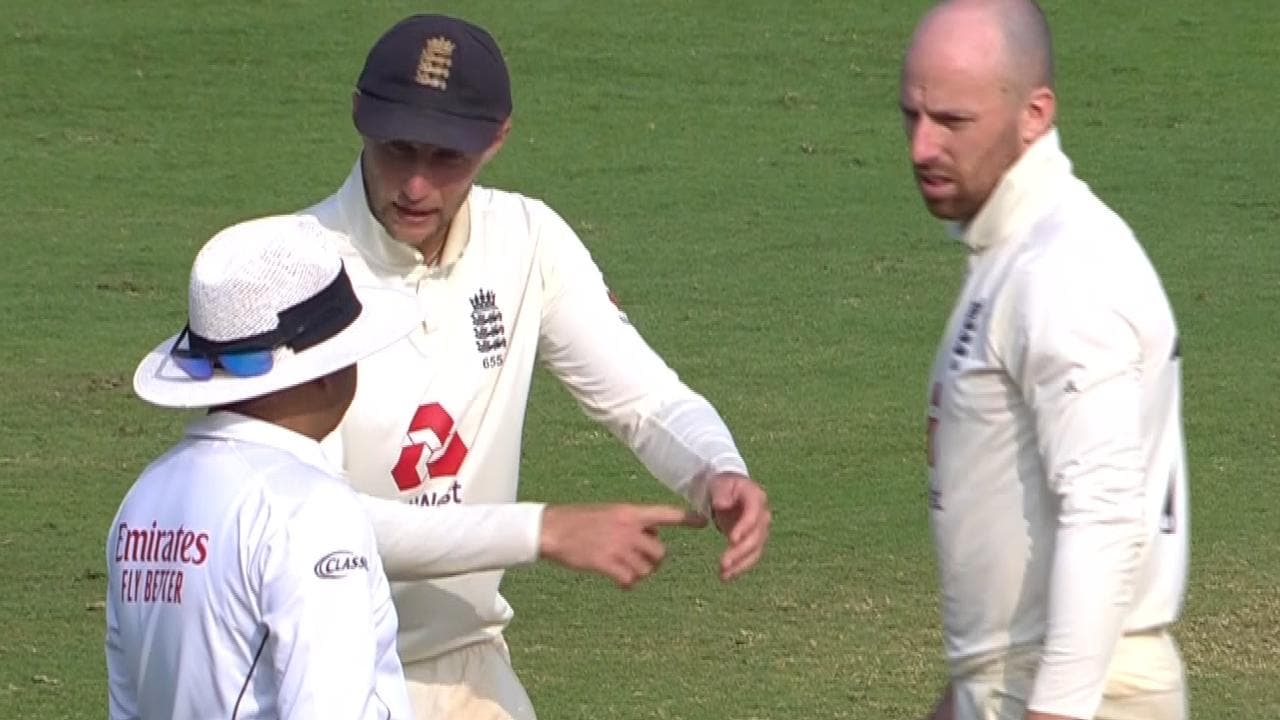ICC retains the umpire’s call but makes a few changes to the current rule
Despite the call from Virat Kohli publicly for ICC to look at the current umpire’s call ruling, the ICC on Thursday, announced that the umpire’s call ruling would continue to stay but with a few changes. ICC has increased the height of the wicket zone, which had caused so much confusion in the past.

India came out of the series against England barely bruised, winning the series 3-1 but the umpiring decisions, in regards to the umpire’s call certainly took the spotlight. Both sides had visible frustration on the ICC ruling, with Indian skipper Virat Kohli coming out in the press conference, hitting out at the umpiring rule.
While Kohli was suggestive that it was causing more confusion than the normal ruling, the ICC on Thursday has made a few key changes to the current ruling. The ICC has retained the highly ‘controversial’ umpire’s call ruling but with a few changes to the current rule. In the new ruling, the ICC has increased the height of the ‘wicket zone’, from the bottom of the bail to the top of the bail, which allows for more fair decisions.
"The principle underpinning DRS was to correct clear errors in the game whilst ensuring the role of the umpire as the decision maker on the field of play was preserved, bearing in mind the element of prediction involved with the technology," Anil Kumble, former India captain and current head of the committee, said, reported ESPNCricinfo.
"Umpire's Call allows that to happen, which is why it is important it remains," he added, bashing the talks of the ICC removing the umpire’s call.
Alongside that, the fielding teams could now check with the umpires if the batsmen have ‘offered’ a shot or not before reviews. The ICC also made a ruling, in regards to women’s cricket, with the optional batting powerplay having been removed while now the tied ODIs would be decided with a super-over, just like men’s cricket.
On the other hand, the ICC, in view of the COVID-19 situation and protocols, announced that both men’s and women’s team would be allowed to travel with a larger contingent to the World Cup, increasing the limit to 30 from the existing 23 that they had, including have upto 22 squad members.

Comments
Sign up or log in to your account to leave comments and reactions
0 Comments